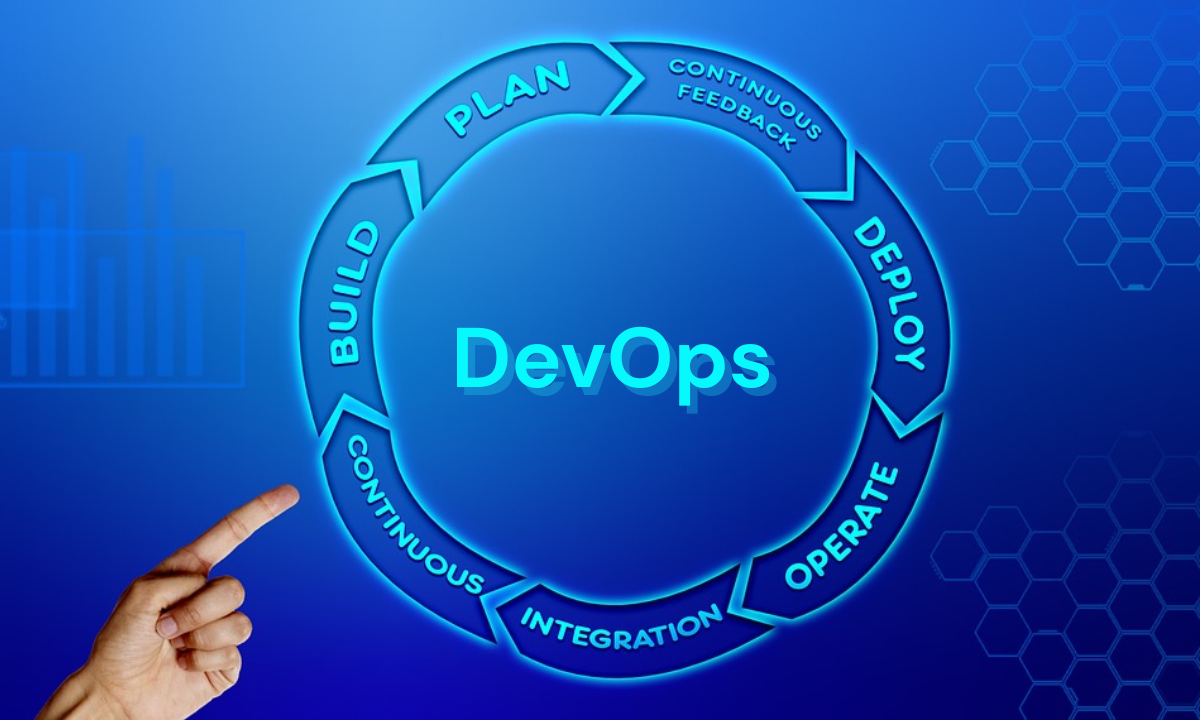Table of Contents
| Key Takeaways |
| 1. What is DevOps? |
| 2. What is Azure DevOps? |
| 3. Azure DevOps Services vs Azure DevOps Server |
| 4. Key Components of Azure DevOps |
| 5. Who Should Use Azure DevOps Server? |
| 6. Why Use Azure DevOps for Beginners |
| 7. How to Get Started with DevOps Course in Bangalore |
| 8. Best Practices & Tips for Azure DevOps Beginners |
| Wrapping Up |
| Frequently Asked Questions (FAQs) |
In today’s fast-moving software world, organizations need to deliver features quickly without compromising on quality. This is where Azure DevOps steps in, offering a powerful set of tools to simplify collaboration, automate workflows, and accelerate continuous delivery. If you’re just starting out and asking yourself, “What is DevOps?”, don’t worry. In this beginner-friendly guide, we will break down Azure DevOps, its core components, and how you can get started. By the end, you’ll see why a DevOps course in Bangalore can give you the edge you need in this competitive field.
Key Takeaways
- DevOps blends development and operations to speed up delivery.
- Azure DevOps includes services like Repos, Pipelines, Boards, and more.
- You can choose between Azure DevOps Services (cloud) and Azure DevOps Server (on-premises).
- Beginners can practice with free tools and then take a structured course.
- Hands-on training in Bangalore helps build real-world DevOps skills.
1. What is DevOps?

DevOps is a culture and practice that unites software development (Dev) with IT operations (Ops). The goal is to release software faster, reduce failures, and improve collaboration between teams.
Instead of waiting weeks for code to be tested and deployed, DevOps enables continuous integration, automated testing, and rapid delivery pipelines. It’s about people, processes, and DevOps tools working together to streamline the software lifecycle.
2. What is Azure DevOps?
Azure DevOps is Microsoft’s integrated platform that supports the entire software development lifecycle. It helps you plan, code, build, test, and deploy, all in one ecosystem.
Whether you are a solo developer or part of a large team, Azure DevOps brings everything under one roof. It offers cloud-based services for flexibility and an on-premises option for organizations with strict data requirements.
3. Azure DevOps Services vs Azure DevOps Server
One common beginner question is whether to use Azure DevOps Services or Azure DevOps Server. Both are powerful, but they differ in hosting, control, and update cycles.
Azure DevOps Services is the cloud-hosted version managed by Microsoft. It always has the latest updates and requires minimal maintenance from your side. It’s great for scalability, quick setup, and teams that want to focus on development without worrying about infrastructure.
Azure DevOps Server, on the other hand, is installed on-premises and managed by your IT team. This option gives organizations full control over infrastructure and data. It’s especially useful if you work in industries with strict compliance requirements or if your systems need to operate within secure, offline networks. However, it requires more maintenance and periodic upgrades compared to the cloud version.
In short, if your organization wants ease and scalability, go with Azure DevOps Services. If compliance, control, or restricted environments matter more, Azure DevOps Server is the better fit.
4. Key Components of Azure DevOps
Azure Repos
Azure Repos provides version control for your source code. It supports Git repositories and TFVC, enabling teams to manage branches, create pull requests, and review code effectively. For beginners, this is the first step in learning collaborative coding practices.
Azure DevOps Pipelines
Pipelines are the backbone of automation. With Azure DevOps Pipelines, you can implement Continuous Integration (CI) and Continuous Delivery (CD). This means every time you push code, it can be built, tested, and deployed automatically. Beginners often start with simple pipelines and gradually add complexity like container deployments or multi-environment workflows.
Azure DevOps Services (the ecosystem)
Beyond Repos and Pipelines, Azure DevOps includes Boards for project tracking, Artifacts for package management, and Test Plans for quality assurance. Together, these services create a complete DevOps toolchain in one platform.
5. Who Should Use Azure DevOps Server?
Not every organization can use cloud services due to compliance or security concerns. Banks, government agencies, and healthcare companies often prefer Azure DevOps Server because it keeps data in-house. It’s also the right choice for teams that need full administrative control or must operate in restricted networks. Beginners aiming to work in such industries should familiarize themselves with the Server edition, even if they start with Services.
6. Why Use Azure DevOps for Beginners
Azure DevOps is beginner-friendly. Microsoft offers free plans with limited users, which is perfect for students and small teams. The platform is well-documented, and the active community provides plenty of learning resources. Plus, having Azure DevOps on your resume is a big advantage as companies across the globe adopt DevOps practices.
7. How to Get Started with DevOps Course in Bangalore
If you are just starting with Azure DevOps for beginners, here’s a clear roadmap:
- Learn the basics of DevOps, understand the culture and tools. Familiarize yourself with version control systems like Git, as they are foundational.
- Sign up for Azure DevOps Services, create a free account and explore features like Boards and Repos. This will give you hands-on experience without any upfront cost.
- Experiment with Pipelines, set up a simple CI/CD pipeline for a demo project. This helps you see automation in action and builds confidence.
- Explore more services, once you are comfortable, move into Artifacts, Test Plans, and advanced pipeline configurations.
- Enroll in a structured program, if you are in India, consider a DevOps course in Bangalore. Bangalore’s thriving tech ecosystem provides excellent opportunities to practice real projects, learn from industry experts, and even land placements. Many training providers offer courses aligned with Microsoft’s AZ-400 certification, ensuring your skills are job-ready.
8. Best Practices & Tips for Azure DevOps Beginners
- Start with small projects before handling enterprise pipelines.
- Use branching strategies like GitFlow for cleaner version control.
- Write pipelines in YAML to make them reproducible.
- Always monitor deployments to quickly address failures.
- Learn about role-based access controls early on.
- Stay updated—Azure DevOps evolves rapidly, so continuous learning is key.
Wrapping Up
From understanding “What is DevOps?” to exploring Azure Repos, Pipelines, Services, and Server, this guide has given you a solid foundation in Azure DevOps for beginners. The platform is versatile, beginner-friendly, and widely used in the industry. If you want to go from beginner to skilled professional, investing in a DevOps course in Bangalore at Apponix Technologies can help you bridge the gap between theory and practice. With the right training, you’ll be ready to design pipelines, manage repositories, and thrive in the DevOps era.
Frequently Asked Questions (FAQs)
Q1: What is the difference between Azure DevOps Services and Azure DevOps Server?
Services are cloud-hosted with automatic updates, while the server is on-premises with full administrative control.
Q2: Is Azure DevOps limited to Microsoft technologies?
No. Azure DevOps supports multiple languages and frameworks and integrates with popular tools like Docker, Kubernetes, and Jenkins.
Q3: How much does Azure DevOps cost for beginners?
It has a free tier for small teams. Larger organizations can choose paid plans or licenses for the server.
Q4: What’s the difference between Azure Repos and Azure Pipelines?
Repos is for version control (managing code). Pipelines handle build, test, and deployment automation.
Q5: Do I need prior DevOps experience to learn Azure DevOps in Bangalore?
Not at all. Many DevOps courses in Bangalore start from basics and provide hands-on labs, making them ideal for beginners.




